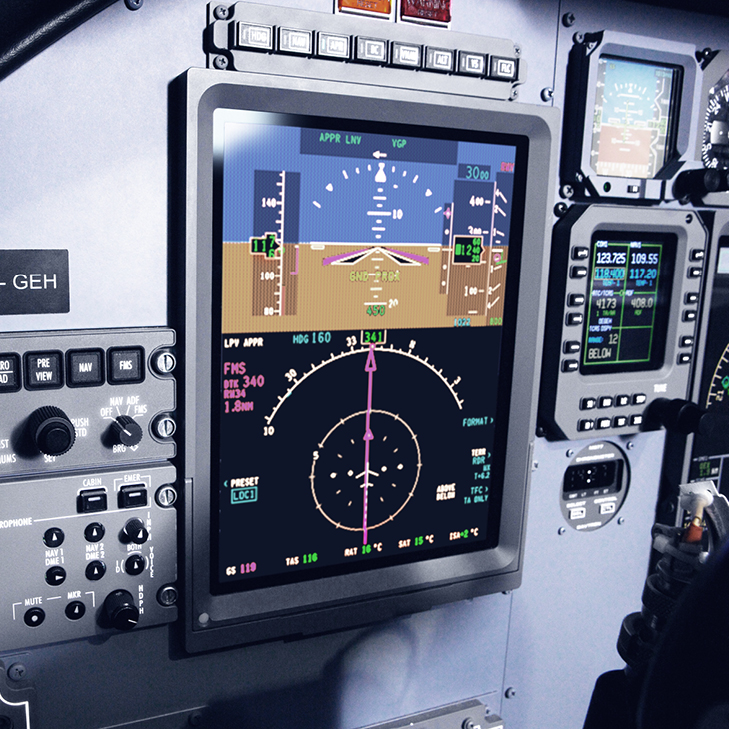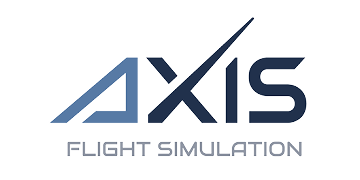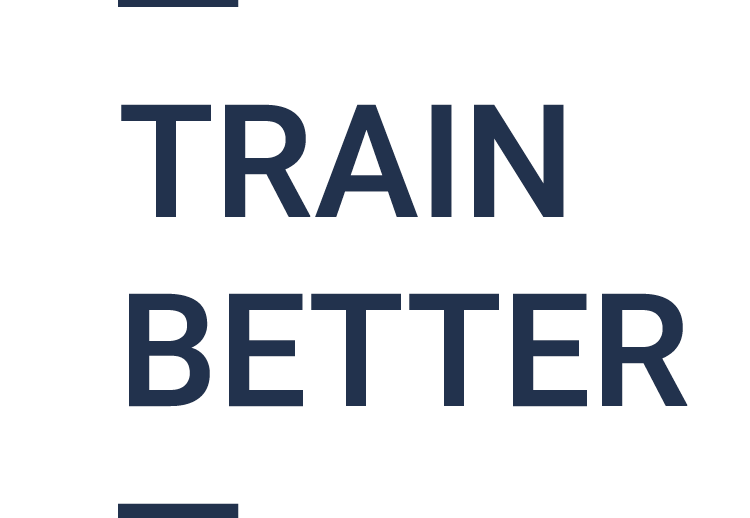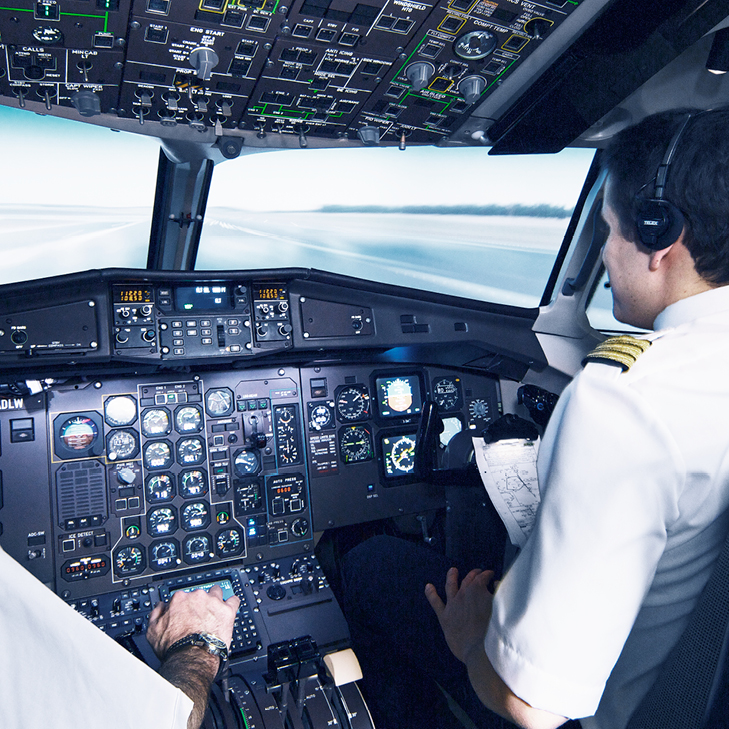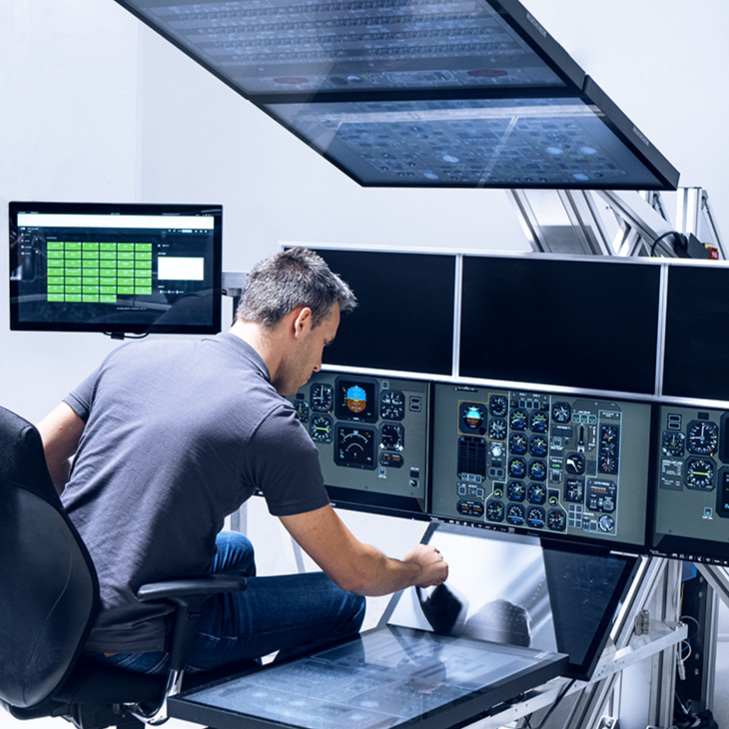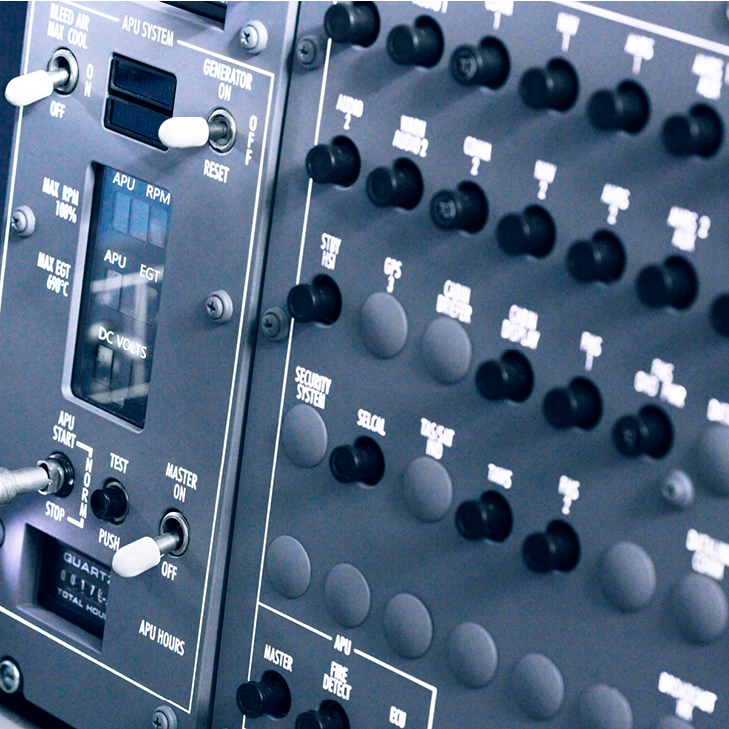—
OUR PRODUCTS
—
—
FLEXIBLE SYSTEM
—

Introducing AX-D Flex – the future of flight simulation. With our innovative Roll-on/Roll-off solution, we're transforming aviation training, offering unprecedented flexibility while minimizing downtime and maximizing investment. The AX-D Flex system seamlessly integrates cockpits into its structure, which comprises two main components:
- Mothership: Serving as the foundational structure, it houses core simulation components such as motion and visual display systems, along with the Non-Simulated Area (NSA).
- Swap Unit: Consisting of a cockpit module and a cockpit base frame carrying technical devices and computers, the swap unit can be effortlessly lifted and replaced using a stationary forklift within the mothership, ensuring seamless maintenance and exchange processes.
With AX-D Flex, versatility is key, allowing training centers to adapt effortlessly, accommodating 2-3 aircraft types in a single simulation bay. Experience unmatched quality and reliability with AX-D Flex.
—
FULL FLIGHT SIMULATOR
—

AXIS designs and builds cutting-edge Level D simulators, employing innovative technologies that significantly reduce complexity, improve functionality and slash maintenance requirements. We use top-of-the-line parts for reduced maintenance while enhancing the training experience, combined with unique developments that make day-to-day operation smoother and more flexible.
The result is a superior training experience that is as realistic as it gets, combined with industry-leading availability and ease of use, for maximum ROI.
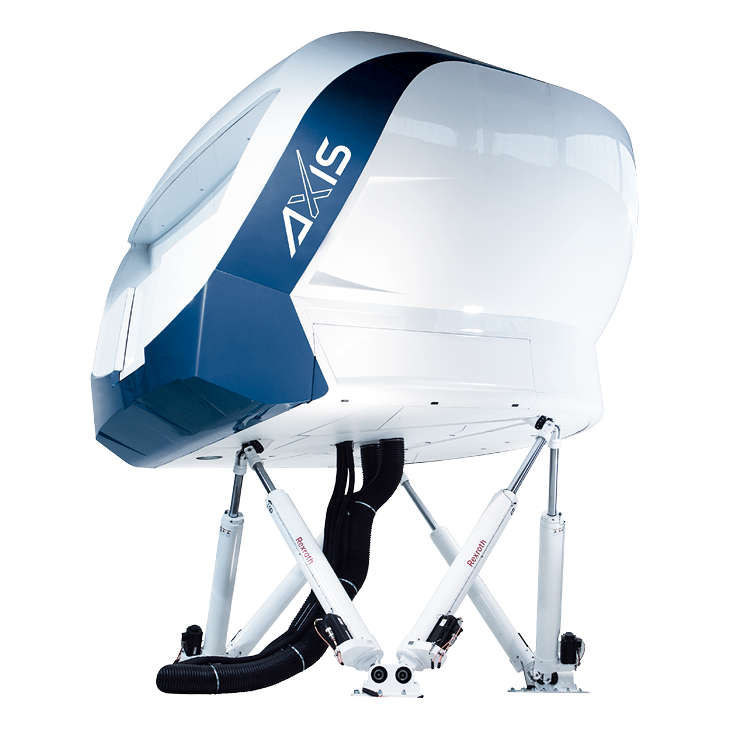
Designed for Reliability
AXIS software is LINUX-based. Due to its flexibility and adaptability Linux is much better suited to real-time and heavy-duty industrial applications than Windows, and is the best runtime environment for simulators. It’s no coincidence that NASA migrated ISS laptops from other operation systems to Linux.
The replication of the cockpit with OEM-quality simulated aircraft parts together with software-based avionics simulations allows considerable use of COTS parts, and assures the highest reliability with the lowest maintenance costs.
Instructor Operating Station
Forward-facing, electrically movable, highly ergonomic IOS (Instructor Operating Station) with two horizontal 20" 16:9 full HD touchscreen displays. The GUI minimizes instructor workload during training sessions. Control of the training session and all other systems is at the instructor’s fingertips, including motion, visual, oxygen, audio, and air conditioning.
UPRT and Wind Shear
There is a dedicated menu on the IOS with ten preconfigured scenarios for UPRT (Upset Recovery and Prevention Training) there is a dedicated menu on the IOS with ten preconfigured scenarios. G forces are displayed on the IOS to inform the instructor if any aircraft structural limits are exceeded.
For wind shear training there are eight different preset conditions, based on international authority requirements.
Technical Monitor and Control System
—
FLIGHT TRAINING DEVICES
—
AX-T, AX-1 and AX-2
AXIS Flight Training Systems is at the technological forefront of the industry with innovative, dependable, high-performance training devices. At every level, our technologies minimize trainer workload and maximize training availability and effectiveness.
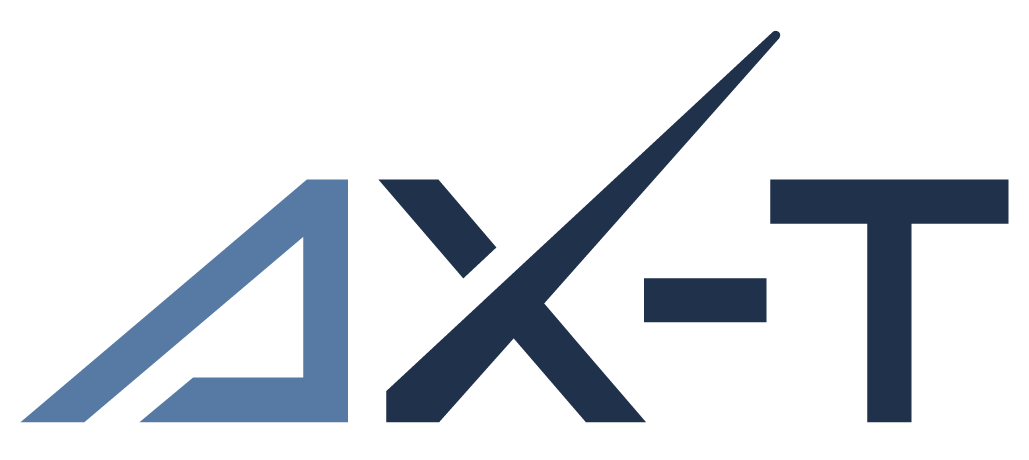
Our Flat Panel Trainer.
There are many tasks that pilots must learn that do not require high-fidelity simulation, and cost-effective Flat Panel Trainers are ideal for the purpose. They can also be used for self-study.
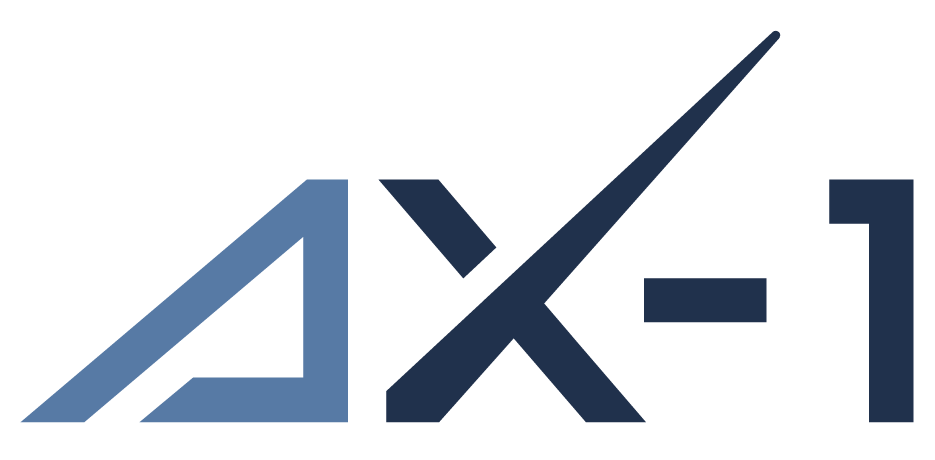
Our Flight Training Device.
These can address more involved flight situations like jet orientation and multi crew cooperation. They are significantly more specific to the aircraft type.
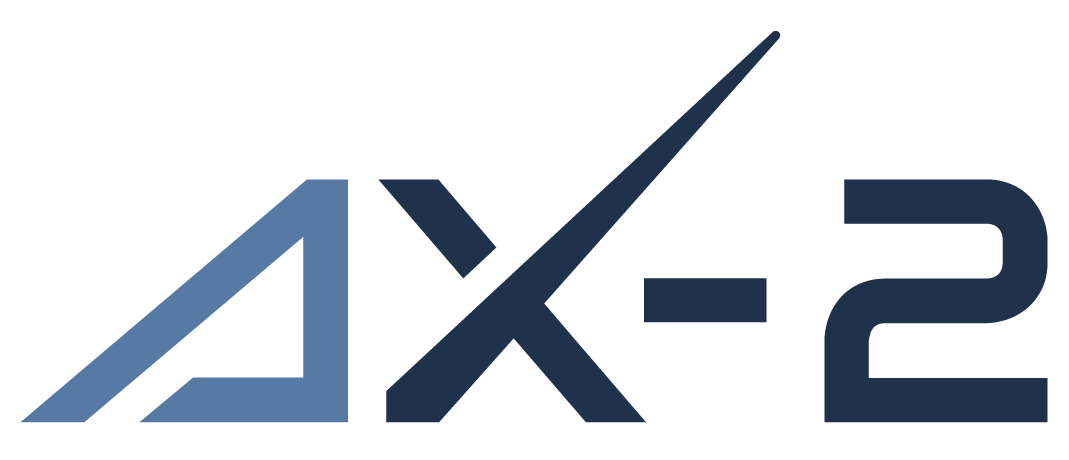
Our Full Flight Trainer.
With collimated visual, active forces and sound, the Full Flight Trainer replicates the cockpit environment to near-full flight simulator level (but without take off and landing).
—
PANELS
—
MADE TO ORDER
AXIS builds panels of the highest quality, not just for our own simulators, but also for third party sims. We supply panels to order for specific aircraft types, to fit specific simulation environments.
Our Smart Panels give customers the choice of simulated or stimulated instruments that replicate the look and feel of actual instruments, but are significantly more cost-effective and maintenance-efficient. With our modular approach, customers can also use real instruments where necessary or desired.
—
WEBBASED AVIONIC TRAINERS
—
FMS/GNSS TRAINER
AXIS Desktop Flight Management System
The AXIS web-based FMS/GNSS Trainers allow pilots to study FMS/GNSS functions and operation, outside of the aircraft or simulator, from either a Desktop, PC or tablet. The training environment features a fully functional and operative FMS or GNSS, the associated CDU, EFIS and accompanying Control Panels as well as a basic flight simulation to assess FMS functions like flightplan modifications, adaptions of performance parameters etc. during the flight.
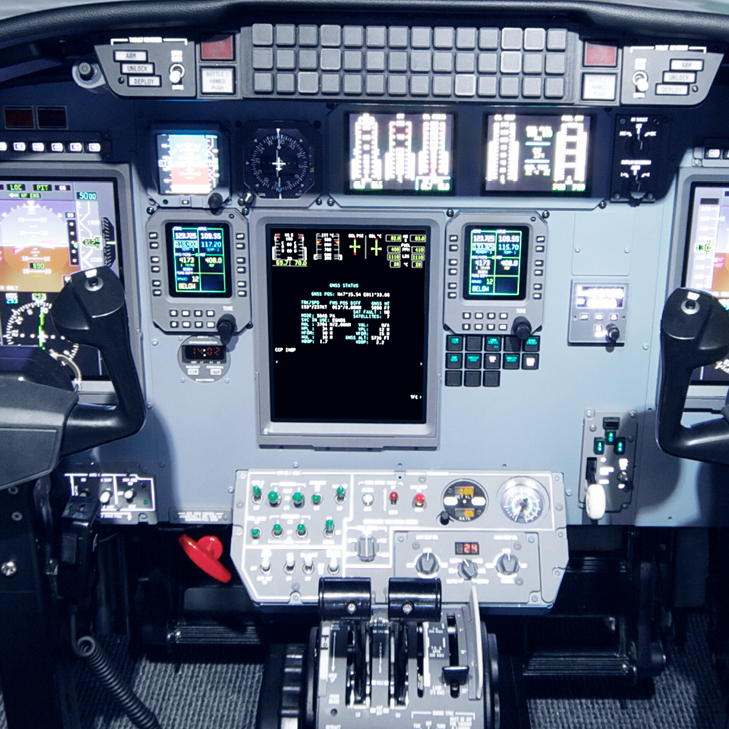
—
AVIONICS SIMULATION
—
TAWSSIMULATION
The AXIS TAWS Terrain Avoidance and Warning System Simulation (EGPWS)
A modern TAWS works by using worldwide elevation data and airplane instrument values to predict whether the calculated future position of the aircraft will intersect with the ground. The flight crew gets aural and visual warning of impending terrain, ensuring a forward-looking capability and safe operation at low altitudes in the landing configuration.
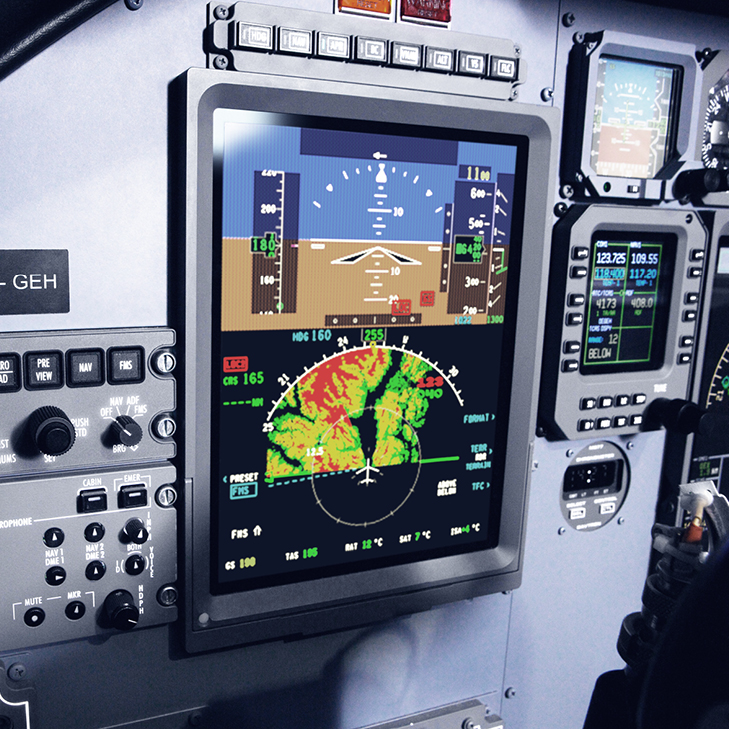
TCAS II SIMULATION
The AXIS TCAS II 7.1 Traffic Allert and Collision Avoidance System
AXIS stays at the forefront of avionics technology, and our advanced TCAS simulation has been updated to reflect the latest standards. To prevent incorrect pilot responses, the “Adjust vertical speed” RAs from TCAS version 7.0 have been replaced by new “Level off, level off” RAs which require induced vertical rates to 0 ft/min.
The new RAs minimize the altitude deviations and level bursts of TCAS 7.0, reducing the impact on air traffic control operations and safety.
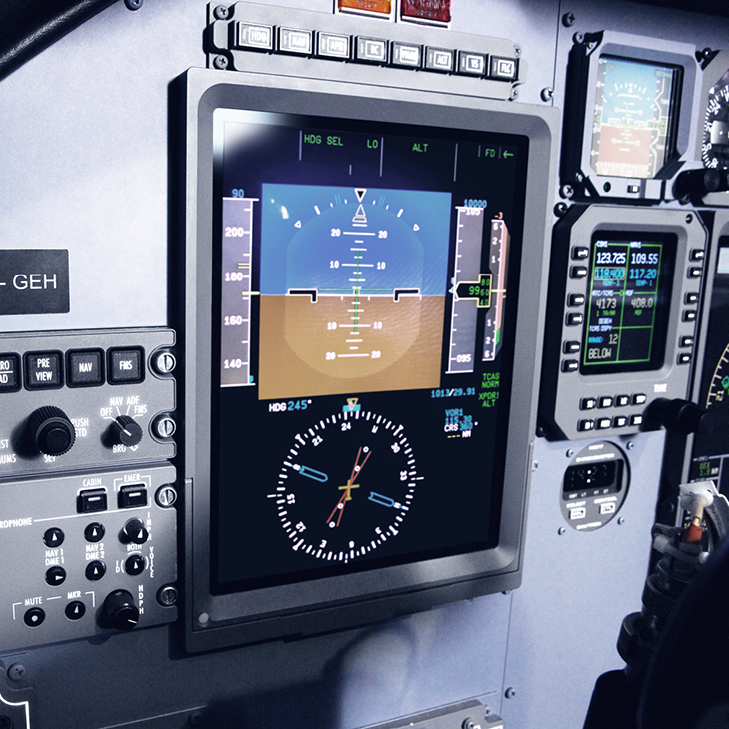
WXR SIMULATION
Detailed weather briefing is a must before every flight, but bad weather can’t be controlled, so accurate weather detection and avoidance systems are critical to ensure safety in aviation. AXIS’ innovative AX-WXR weather radar simulation provides information on cumulonimbus (CB) clouds combined with icing, heavy precipitation, thunder and high turbulence, so pilots can choose flight paths early enough to avoid disruptions to the flight, significantly reducing flight deck workload. The system has been tested and implemented successfully in many different simulators the world over.
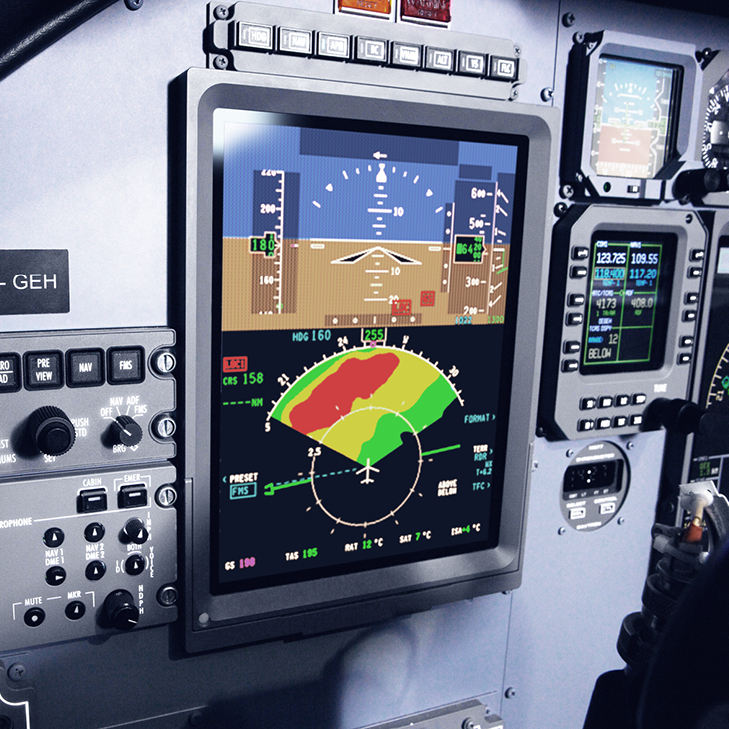
GPS/LPV SIMULATION
Localizer Performance with Vertical Guidance (LPV) is a subsection of Area Navigation (RNAV) approaches. Approaches to LPV minima are non-precision approaches, but are very similar to precision ones (ILS). The difference is that ILS is a ground-based approach, which needs transmitters and antennas for each individual runway. RNAV LPV guidance uses the space-based Global Navigation Satellite System (GNSS), which can provide guidance to an unlimited number of aircraft simultaneously conducting approaches at multiple airports around the world.
